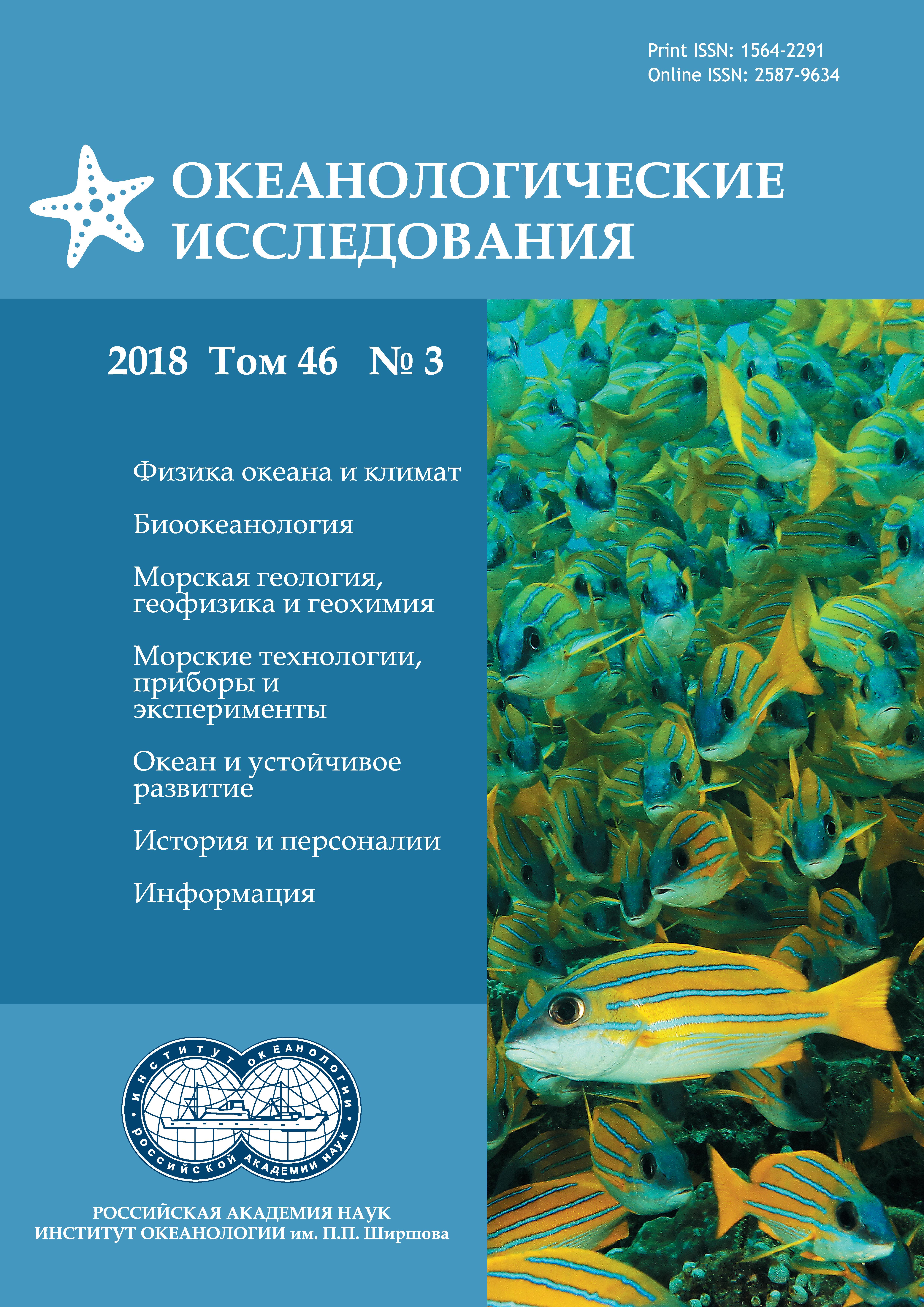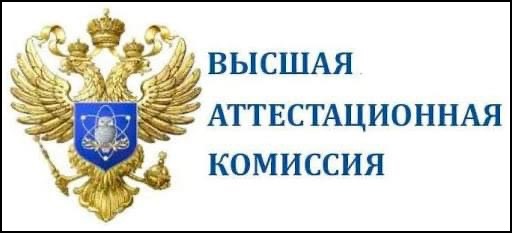МОРСКИЕ КЛАСТЕРЫ КАК ИНСТРУМЕНТ ДОСТИЖЕНИЯ ЦУР14 ДЛЯ ЮЖНЫХ МОРЕЙ РОССИИ
Аннотация
В статье рассматривается возможность использования морских кластеров на южных морях России (Черном, Азовском и Каспийском) в качестве инструмента для выполнения задач Цели устойчивого развития № 14 (ЦУР14) по сохранению и рациональному использованию океанов, морей и морских ресурсов в интересах устойчивого развития.
Дается объяснение понятию «кластер», рассказывается о его преимуществах для достижения устойчивого развития. Описывается международный опыт использования морских кластеров для достижения определенных задач ЦУР14: приводятся конкретные примеры морских кластеров в разных странах и их вклад в достижение задач ЦУР14. Даются рекомендации по образованию морских кластеров на российском побережье Черного, Азовского и Каспийского морей для достижения задач ЦУР14. Предлагается выделить шесть кластеров: Севастопольский кластер, Кластер Южного берега Крыма, Ростовский кластер, Новороссийский кластер, Кластер «Большой Сочи» и Астраханский кластер. Создание таких кластеров обеспечит более тесное сотрудничество между государственными и частными компаниями, организациями и образовательными учреждениями приморских регионов рассматриваемых южных морей России, что будет способствовать не только росту экономики в данных регионах, но и созданию эффективной платформы для обмена мнениями и поиска оптимальных решений по созданию новых практик, технологий и мероприятий для решения задач ЦУР14.
Литература
- Батурова Г.В. Региональные морехозяйственные кластеры как основа социально-экономического развития приморских территорий // Транспортное дело России. 2012. № 6–2. С. 40–42.
- Каленченко М.М. Правовой режим территориальной охраны морской среды. М.: Городец, 2009. 208 с.
- Матишов Г.Г., Степаньян О.В., Харьковский В.М., Сойер В.Г. Современные данные по загрязнению Азовского и Черного морей углеводородами нефти // Вестник Южного научного центра. 2014. № 10(4). С. 49–52.
- Преобразование нашего мира: Повестка дня в области устойчивого развития на период до 2030 года / Резолюция Генеральной Ассамблеи ООН от 25 сентября 2015 года URL: http://unctad.org/meetings/en/SessionalDocuments/ares70d1_ru.pdf (дата обращения 14.08.2018).
- Ускова Т.В. Развитие региональных кластерных систем. Экономические и социальные перемены: факты, тенденции, прогноз. 2008. № 1(1). C. 92–104.
- Шаповалов С.М., Костяная Е.А. Рациональное использование южных морей России в условиях климатических, экологических и техногенных вызовов // Проблемы постсоветского пространства. 2018. № 5(1). C. 37–49.
- Carpenter A., Kostianoy A.G. (Eds.) Oil pollution in the Black Sea. Springer, 2019 (in preparation).
- Cortright J. Making sense of clusters: regional competitiveness and economic development. Brookings Institution, Metropolitan Policy Program, 2006.
- De Vet J.M., Bocci M., Zonta D., Patrini V., Beyer C., Shipman B., Lampridi V., Triantaphyllidis G. Support activities for the development of maritime clusters in the Mediterranean and Black Sea areas // Final Report under FWC MARE/2012/06 - SC D1/2013/01. Brussels, Berlin, Athens: 2014.
- Hansen E.R., Holthus P., Allen C.L., Bae J., Goh J., Mihailescu C., Pedregon C. OCEAN/ MARITIME CLUSTERS: Leadership and Collaboration for Ocean Sustainable Development and Implementing the Sustainable Development Goals. 2018.
- Korshenko A., Gul A.G. Pollution of the Caspian Sea. In: The Caspian Sea Environment // Eds. A.G. Kostianoy and A.N. Kosarev. Springer, 2005. P. 109–142.
- Mikhaylichenko Yu.G. Development of an integrated coastal zone management system for the Black and Caspian seas // In: Mitigation and Adaptation Strategies for Global Change. Springer, 2006. Vol. 11, No. 3. P. 521–537.
- Porter Michael E. Clusters and the new economics of competition // Vol. 76. No. 6. Boston: Harvard Business Review, 1998.
- Schubert M. Marine Spatial Planning. In: Handbook on Marine Environment Protection // Eds. Markus Salomon, Till Markus. Springer, 2018. P. 1013–1024.
- Zonn I.S., Kostianoy A.G. Environmental risks in production and transportation of hydrocarbons in the Caspian-Black Sea Region // In: Oil and Gas Pipelines in the Black-Caspian Seas Region. / Eds. S.S. Zhiltsov, I.S. Zonn, A.G. Kostianoy. Springer, 2016. P. 211–224.
Передача авторских прав происходит на основании лицензионного договора между Автором и Федеральным государственным бюджетным учреждением науки Институт океанологии им. П.П. Ширшова Российской академии наук (ИО РАН)













